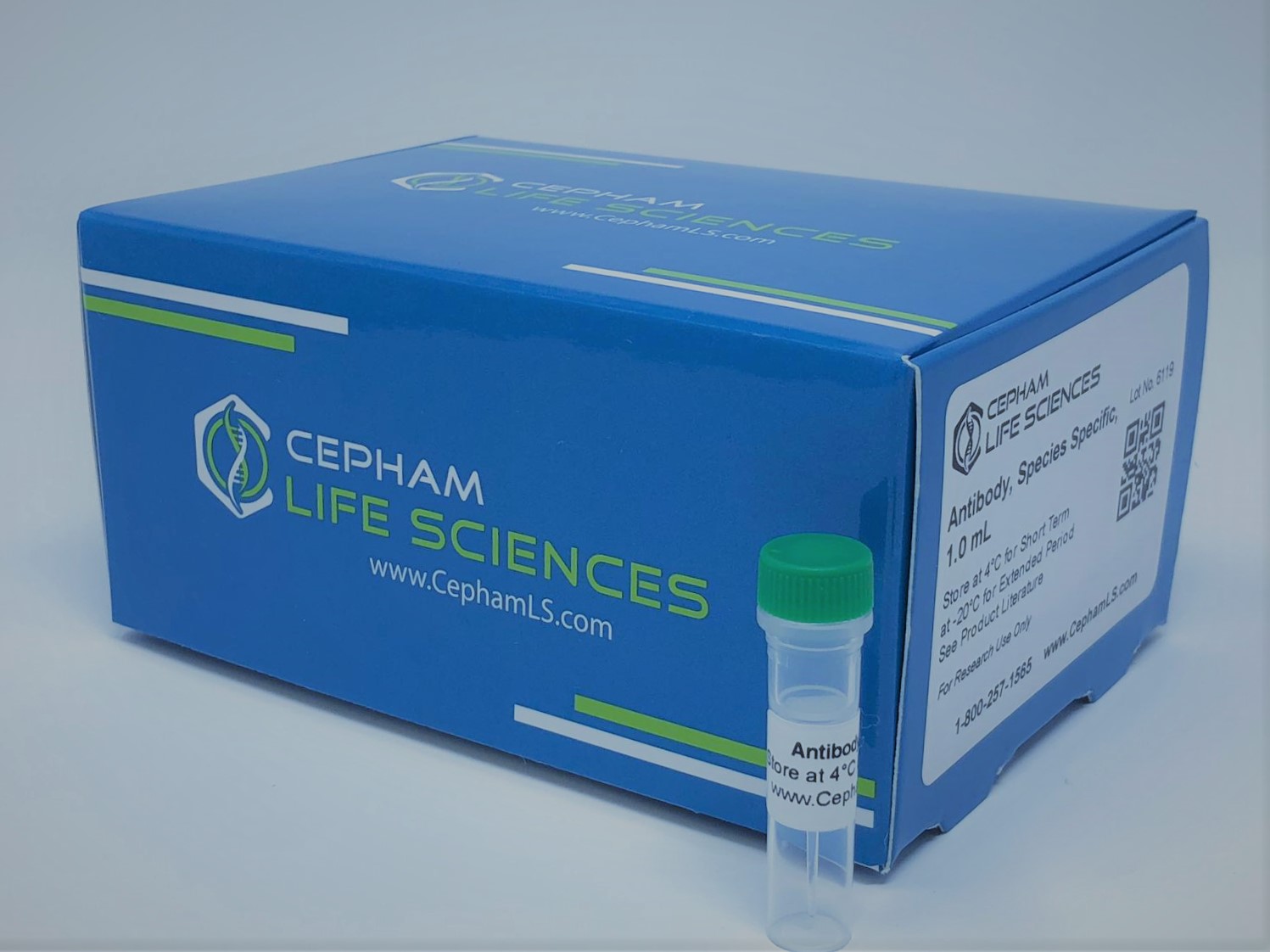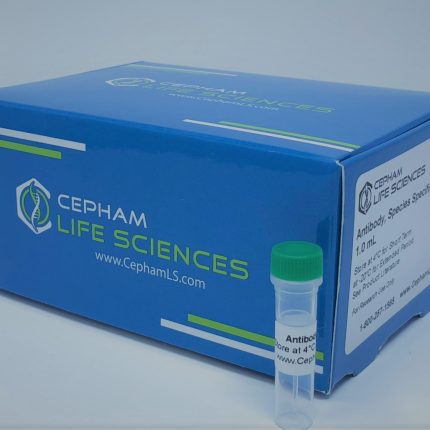Aliases
Bontoxilysin-C1, BoNT/C1
Antibody Type
Polyclonal Antibody
Species
Clostridium botulinum
Uniprot ID
P18640
Immunogen
Recombinant Clostridium botulinum Botulinum neurotoxin type C1 protein (2-428AA)
Raised In
Rabbit
Species Reactivity
Clostridium botulinum
Tested Applications
ELISA;Not yet tested in other applications.
Background / Function
Botulinum toxin acts by inhibiting neurotransmitter release. It binds to peripheral neuronal synapses, is internalized and moves by retrograde transport up the axon into the spinal cord where it can move between postsynaptic and presynaptic neurons. It inhibits neurotransmitter release by acting as a zinc endopeptidase that cleaves syntaxin.
Isotype
IgG
Conjugate
Unconjugated
Storage Buffer
Preservative: 0.03% Proclin 300
Constituents: 50% Glycerol, 0.01M PBS, PH 7.4
Form
Liquid
Storage
Shipped at 4°C. Upon delivery aliquot and store at -20°C or -80°C. Avoid repeated freeze.
Purity
Caprylic Acid Ammonium Sulfate Precipitation purified
Modification
Botulinum neurotoxin type C1
Literature
[1]”Botulinum neurotoxin C1 blocks neurotransmitter release by means of cleaving HPC-1/syntaxin.” Blasi J., Chapman E.R., Yamasaki S., Binz T., Niemann H., Jahn R. EMBO J. 12:4821-4828(1993). [2]”Establishment of a monoclonal antibody recognizing an antigenic site common to Clostridium botulinum type B, C1, D, and E toxins and tetanus toxin.” Tsuzuki K., Yokosawa N., Syuto B., Ohishi I., Fujii N., Kimura K., Oguma K. Infect. Immun. 56:898-902(1988). [3]”The complete nucleotide sequence of the gene coding for botulinum type C1 toxin in the C-ST phage genome.” Kimura K., Fujii N., Tsuzuki K., Murakami T., Indoh T., Yokosawa N., Takeshi K., Syuto B., Oguma K. Biochem. Biophys. Res. Commun. 171:1304-1311(1990).







